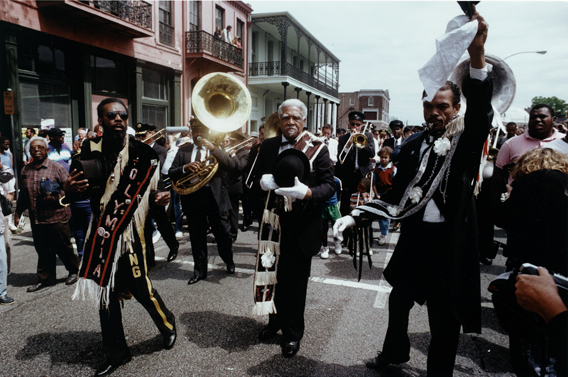Every now and then I forget my audience (!?!) and revert to type, with arcane and counter-intuitive posts that, often, involve injudicious use of the F word. F for f***in' folk, FFS, catnip to dogs everywhere, and, what's more, not even in the watered down transatlantic meaning of the word, being the full on, bang on of trad. So, gather round, enjoy.
A history lesson first. General George Monck, 1608 - 70, was quite the journeyman soldier, assiduously applying his colours to the prevailing flags of the day. Acclaimed as a brutally efficient suppressor of rebellion, he made his name crushing the Irish in 1641. Returning in time for the English Civil war, he, in turn, fought for the Royalists, was captured and spent two years in gaol, becoming then Cromwell's lead in Ulster and Scotland. When Cromwell died and his short lived republican Commonwealth was faltering, he reattached support to the Monarchy and, with the throne restored, Charles II rewarded him with senior position. The tale always told was that he satiated any conflicts of loyalty by purposefully marching his army so slowly int battle as to often miss the skirmish altogether. (Hmmm, a good man for NATO right now, then.....)
The tune, Monck's March, is a staple of the English Morris Cotswold tradition, emanating from the village of Sherborne. It celebrates the good general by offering a heel and toe step, sort of one step back for each two steps forward. I have it on good faith that this was the inspiration for Michael Jackson's "moonwalk", the entire Jackson family strong aficionados of English Country Dance. I suspect I have before mentioned my own forays into this energetic prelude to the drinking of much ale, thus delighted when the dance became absorbed into our repertoire. As a huge lifelong fan of all things Fairport, I had been drawn to the offshoot noodlings of Ashley Hutchings and friends in the Morris On project, followed up, in succession, by Son of Morris On, Grandson of Morris On and so on. It was a short step from dinner party dance time with napkins to actually join a side. My knees eventually called time on me, together with the gradual loss of other like minds: you don't ever see many Morris men under 60 these days, and so it is now a fond memory rather than much else. Thankfully, Mr Hutchings has never lost his enthusiasm, and Morris On, as a project, continues. Here is a clip from their live show, at Fairport's Cropredy Festival a few years back.
But there are other ways of presenting the tune. Here's a full orchestral version for Symphonic Wind Orchestra:
Or a medieval version, all sackbuts and crumhorns:
Finally a jolly country band version, that I can imagine going down a storm at a ceilidh.
Thanks for indulging me!






























































































































































































































































































































































































